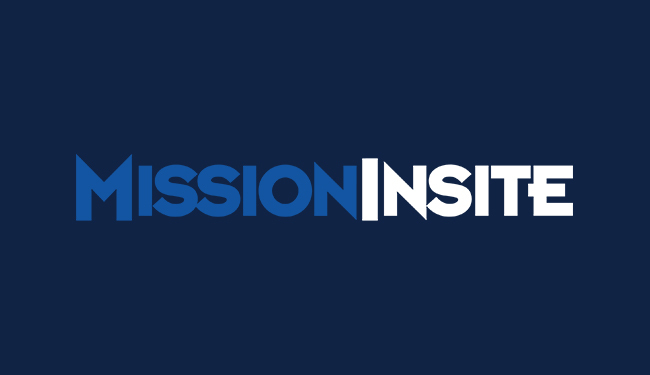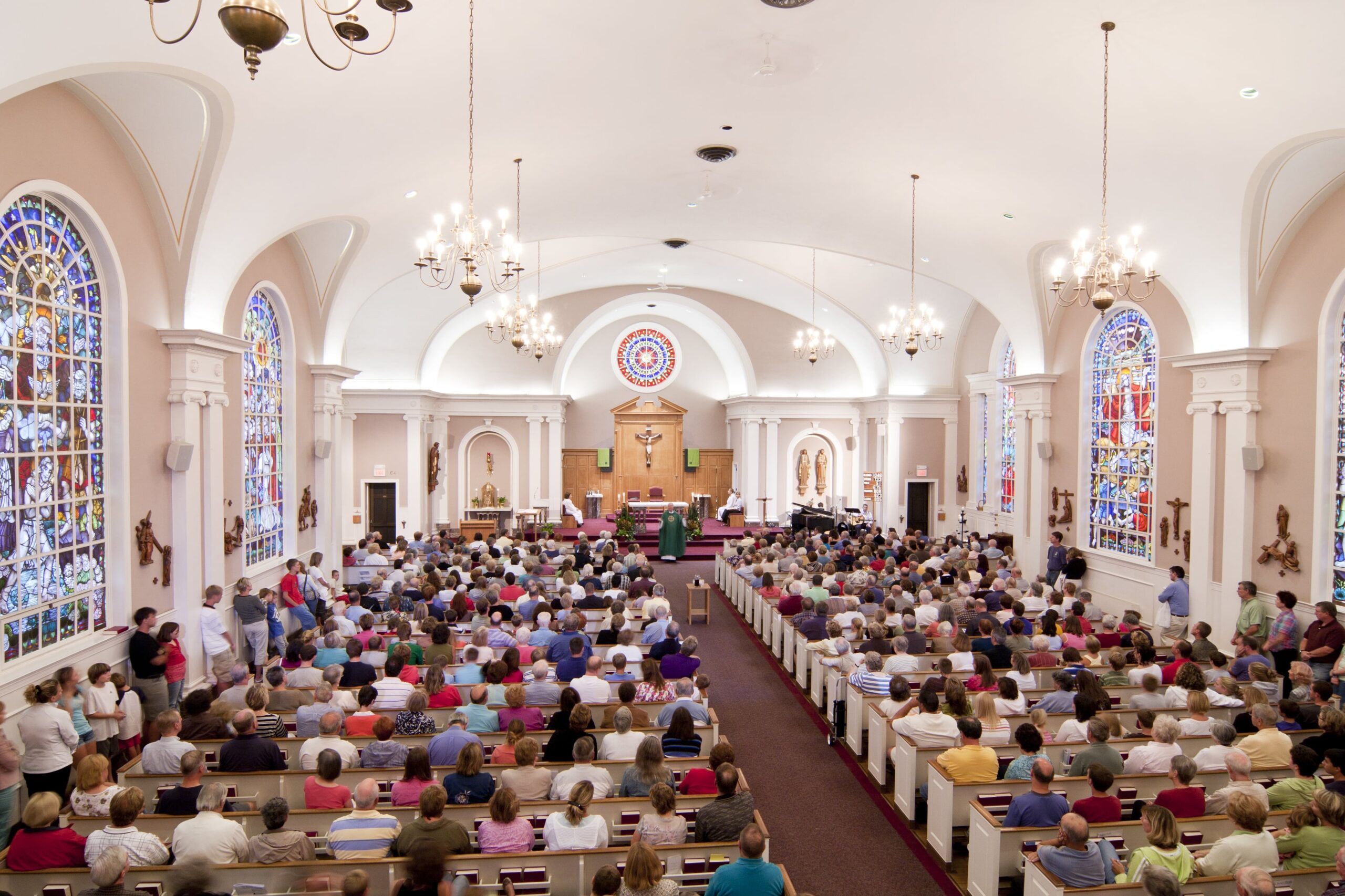Tom Bandy is the author of the “MissionImpact Mosaic Application Guide” and coaches church leaders to use MissionInsite for the development of adaptive ministries.
Any organization that interfaces with the public (church, non-profit, or for-profit) tries to make the decision-makers as demographically diverse as possible. “Decision-makers” include boards, trustees, team leaders, etc. This is not about political correctness. It is recognition that organizational success depends on public rapport. Regardless of how intentionally decision-makers listen to or consult with the public within their reach, the fact remains that leadership decisions always reflect the habits, assumptions, attitudes, prejudices, and goals of the demographic that leader represents. Relevance and adaptive change require diversity.
Church organizations use four basic criteria to choose their decision-makers: depth of experience, specialized skills, representative views, and generosity. Together these provide the credibility necessary for people to follow their leaders. However, the demographic data behind these criteria has changed dramatically since the 1960s.
Board Nominations and “Depth of Experience”
In the latter half of the 20th century, “depth of experience” was largely synonymous with “longevity of residence.” The people who have lived in the community the longest must have the greatest experience. The most veteran church member must have the greatest insight. Usually, this implied age-based seniority, although, in many “tall steeple” churches, this included the children and grandchildren of the longest member household. The result is that the average residency among board members is often fifteen years or more, while the average residency in our mobile communities is six months or less.
Today “depth of experience” means “integrity in mobility.” Decision-makers may not have lived long in the community, but they have lived harmoniously and respectfully in multiple contexts. Indeed, the longer you have stayed in one place, the less able you are to make mission-driven decisions. However, mobility with integrity means that you carry with you core values and convictions that are God-centered rather than self-centered. Thus, today “experience” is measured more by the size of your social media network than the length of your residence.
Board Nominations and “Specialized Skills”
Decision-makers have always been chosen because they bring different skills to leadership. Boards included people with expertise in business, education, health care, social service, marketing, mission, etc. In the past, these tended to be people with advanced educations and successful careers because we lived in an upwardly mobile society that rewarded educational attainment. No longer! The occupational gap between seniors who refuse to let go and retire and young people with limited opportunities and education debt has grown dramatically.
When we use MissionInsite to compare occupational diversity between church boards and “mission field,” we often discover that boards do not mirror community diversity. For example, boards have an overabundance of “professionals” and “managers,” but the fastest-growing occupational category in the community includes people in “sales and service” or “food service.” Many of them are college-educated young people stuck in meaningless part-time jobs. Today, “specialized skills” required by the church have little to do with “success” and everything to do with “potential.” In other words, church boards today must be filled with entrepreneurs rather than institutional placeholders.
Board Nominations and “Affirmative Action”
Churches have always tried to choose board members with “representative views.” In the past, they took affirmative action to include people representative of gender, race, age, or family status; and occasionally disabled or disadvantaged. But, despite good intentions, these tended to be minority viewpoints that were heard but unheeded. Hence that accusation of “political correctness.” The best and most effective churches, however, genuinely encouraged parity of opinion.
Today, however, the old demographic categories of gender, race, age, family, ability, and economy no longer describe the complexity of society. This is why strategic thinkers now analyze lifestyle segmentation, and why the most commonly downloaded report from MissionInsite is “ComparativeInsite. A “youth representative,” for example, can no longer speak for all youth. a wide diversity of family structures has replaced the “traditional family.” Decision-makers make mission-driven decisions when the board membership mirrors the lifestyle diversity of the community rather than the lifestyle majority of the membership. And it needs to give equal voice to those who receive the mission and those who give the mission.
Board Nominations and Generosity
The last criteria for board nominations concerns generosity. Historically, church decision-makers (“elders”) set the standard for giving for the entire congregation. As a result, board members were generally expected to tithe or give a significant percent more than the average church giver. Therefore, the challenge for a church to recruit board members was to include poorer people who feared that they simply couldn’t afford it.
Today that challenge is reversed. Over time, expectations for generosity among board members have declined to the point that board members often give less that the average member household. The rationalization is that their donations are “in-kind” through the time and talent they sacrifice. The result is that standards for giving are relaxed, and budgets suffer. MissionInsite can tell you precisely what the actual financial potential of your church is…and it will almost always be a shock. Today’s challenge is to recruit wealthier people to board leadership who can set a higher standard of percentage giving.
Sooo…here is the challenge for the nominations committee in 2021. You need to create a board with people who have lived with integrity in many different contexts, who bring entrepreneurial spirit to adaptive ministries, who represent the lifestyle segments that are growing (not declining) in the neighborhood, and who are both affluent and sacrificial to model a high standard of giving for the church.
It’s a daunting challenge. It may take three years and three “classes” of board leaders to accomplish. That makes it all the more urgent to start now. If you don’t reconfigure decision-making boards to catch up with demographic change, your church will face tough times in the post-Covid 19 world.
I welcome all questions about using MissionInsite for ministry planning and leadership development. You can reach me at tbandy@acst.com.
To see other related blogs by Tom Bandy, please visit Church Growth.
Read More:




